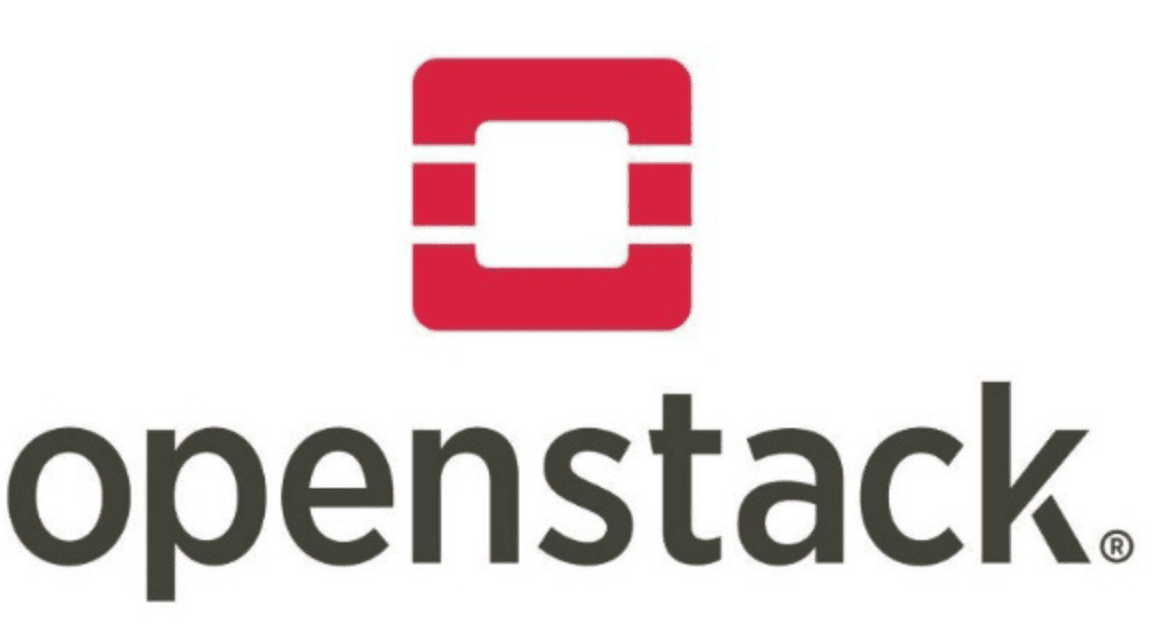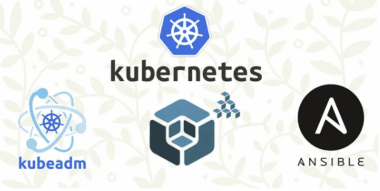6 min to read
Deep Dive into OpenStack Kuryr
Understanding OpenStack's Container Networking Service

Understanding OpenStack Kuryr
Kuryr is OpenStack’s container networking service that directly connects container networks with Neutron.
It enables container environments like Kubernetes and Docker to utilize OpenStack’s native networking capabilities, providing consistent network policies and eliminating the need for separate network management.
What is Kuryr?
The Container Networking Bridge
Kuryr serves as OpenStack’s container networking integration service, providing essential functionality:
- Neutron Integration: Uses Neutron as the native network driver for containers
- Network Policy: Applies OpenStack network policies to container networks
- Multi-tenancy: Supports OpenStack’s RBAC and project isolation
- Performance: Enables VIF Direct for enhanced network performance
By bridging container networks with OpenStack networking, Kuryr provides a unified network management solution for containerized applications.
Kuryr Architecture Overview (Diagram Description)
- Core Features: Neutron Integration, CNI Plugin, Multi-tenancy
- Service Integration: Kubernetes, Docker, Neutron
- Network Management: Port Management, Security Groups, Load Balancing
- Performance: VIF Direct, SR-IOV, Network Optimization
Kuryr Architecture and Components
Kuryr’s architecture consists of several key components that work together to provide container networking capabilities.
Each component plays a specific role in network integration and management.
Core Components
| Component | Role | Description |
|---|---|---|
| Kuryr Controller | Resource Management |
|
| Kuryr CNI | Network Interface |
|
| Neutron Integration | Network Service |
|
Service Integration
Kuryr integrates with several container platforms:
- Kubernetes: Primary integration target with CNI plugin support
- Docker: Network plugin support for Docker containers
- OpenStack Services: Deep integration with Neutron and other services
This integration enables comprehensive container networking within the OpenStack ecosystem.
Key Features and Capabilities
Kuryr provides comprehensive container networking capabilities that enable effective network management and integration.
These features make it a powerful tool for container networking in OpenStack environments.
Core Features
| Feature | Description | Benefits |
|---|---|---|
| Neutron Integration | Native OpenStack networking |
|
| Multi-tenancy | Project-based isolation |
|
| Performance | VIF Direct support |
|
Best Practices
Key considerations for Kuryr deployment:
- Initial Setup: Plan network architecture before deployment
- Performance Tuning: Configure Neutron for high port density
- Security Groups: Design security policies for container workloads
- Monitoring: Implement network monitoring and logging
- Upgrade Planning: Plan for service updates and maintenance
These practices ensure reliable and maintainable container networking.
Implementation and Usage
Effective implementation of Kuryr requires proper configuration and integration with container platforms.
Here are key considerations and best practices for utilizing Kuryr effectively.
Common Operations
| Operation | Description | Command |
|---|---|---|
| Cluster Setup | Configure Kuryr CNI | openstack coe cluster template create --network-driver kuryr |
| Status Check | Verify Kuryr deployment | kubectl get pod -n kube-system | grep kuryr |
| Port Management | List container ports | openstack port list --device-owner kuryr |
Use Cases
Kuryr is particularly useful for:
- Network Policy Reuse: Leveraging existing OpenStack network policies
- Performance Optimization: Using VIF Direct for enhanced performance
- Network Visibility: Unified network topology visualization
- Service Integration: Connecting Kubernetes services with Neutron load balancers
These use cases demonstrate Kuryr’s flexibility and integration capabilities.
Advanced Configuration (Production Hardening)
Network Models Matrix
| Scenario | Recommendation | Notes |
|---|---|---|
| High Throughput | VIF Direct or SR‑IOV | Requires NIC/host support; bypasses kernel bridges |
| Multi‑tenant Isolation | Neutron provider networks + security groups | Project‑scoped subnets/routers; RBAC on SGs |
| Policy Control | Neutron security groups mapped from K8s NetworkPolicy | Define default‑deny and explicit allows |
| North‑South Access | Octavia LBaaS for Service type=LoadBalancer | Align health checks and timeouts with app SLOs |
Performance Tuning
- Align MTU across Neutron networks, Kuryr CNI, and node interfaces
- Prefer direct VIF types (where safe) for data‑plane intensive workloads
- Tune Neutron quotas and port security to reduce control‑plane contention
- Batch port operations and enable async reconciliation in Kuryr controller
High Availability (HA)
| Layer | Recommendation | Notes |
|---|---|---|
| Kuryr Controller | 2+ replicas with leader election | Monitor reconciliation lag |
| Message/DB | HA RabbitMQ / Galera (for Neutron) | Observe queue depth and DB latency |
| LBaaS | Octavia active/standby amphorae | Health checks, AZ spread |
Security & Compliance
- Enforce project isolation with Neutron RBAC and per‑namespace mapping
- Default‑deny security posture; generate SG rules from NetworkPolicy
- TLS for all APIs; restrict Kuryr controller credentials by scope
- Audit port/SecurityGroup changes; retain logs per compliance policy
Observability & Operations
- Metrics: port create/delete latency, failed bindings, SG rule churn, LB status
- Logs: structured controller logs with resource UIDs
- Runbooks: port leak cleanup, SG drift correction, LB failover procedures
CI/CD for Manifests
- Validate Kuryr/K8s manifests in CI (lint, policy checks)
- Canary upgrades of Kuryr components; verify NetworkPolicy enforcement
- Maintain compatibility matrix: Kuryr ↔ Neutron ↔ Kubernetes versions
Troubleshooting Playbook (Quick Checks)
- Pod Not Networking: Check Kuryr CNI DaemonSet, Neutron port status, SG rules
- MTU Mismatch: Verify end‑to‑end MTU; enable fragment or adjust CNI/Neutron MTU
- LB Not Ready: Inspect Octavia listener, pool members, health monitor
- Policy Not Applied: Confirm NetworkPolicy mapping and SG sync in controller
Key Points
-
Core Functionality
- Container networking integration
- Neutron native networking
- Multi-tenancy support
- Performance optimization -
Key Features
- CNI plugin support
- Security group integration
- Load balancer integration
- VIF Direct support -
Best Practices
- Network architecture planning
- Performance tuning
- Security configuration
- Monitoring setup


Comments